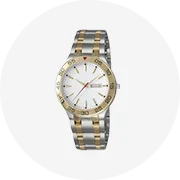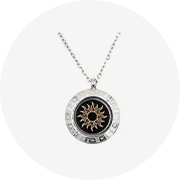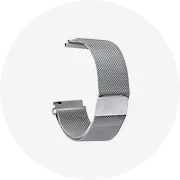Diamond Anvil Cell: An Overview
A diamond anvil cell (DAC) is a high-pressure device used extensively in scientific research. It enables the compression of materials to extreme pressures, often exceeding those found at the Earth's core. The unique properties of diamonds, such as their hardness and transparency to a wide range of electromagnetic radiation, make them ideal for this purpose.
Types and Applications
There are several types of diamond anvil cells, each designed for specific applications. Some are tailored for optical studies, while others are for X-ray or neutron diffraction. The versatility of DACs allows for their use in various fields, from material science to earth science, where they contribute to the understanding of material properties under high pressure.
Features and Design
The core feature of a diamond anvil cell is its two opposing diamonds, which are used to exert pressure on a sample. The design of a DAC is sophisticated, ensuring that it can maintain the integrity of the sample while providing accurate data. Innovations in DAC design have led to enhancements in pressure range and measurement capabilities.
Materials and Construction
The construction of a diamond anvil cell is a marvel of engineering, requiring precision and high-quality materials. Beyond the quintessential diamonds, other materials like tungsten carbide and stainless steel are also integral to the structure, providing strength and stability.
Advantages of Diamond Anvil Cells
The primary advantage of using a diamond anvil cell is its ability to simulate extreme conditions, which is crucial for the synthesis of new materials and the examination of material properties. Additionally, the transparency of diamonds allows researchers to observe the sample during compression.
Choosing the Right Diamond Anvil Cell
Selecting the appropriate diamond anvil cell depends on the specific research requirements. Factors to consider include the pressure range, temperature conditions, and the type of spectroscopy or diffraction techniques to be used.







































 浙公网安备 33010002000092号
浙公网安备 33010002000092号 浙B2-20120091-4
浙B2-20120091-4